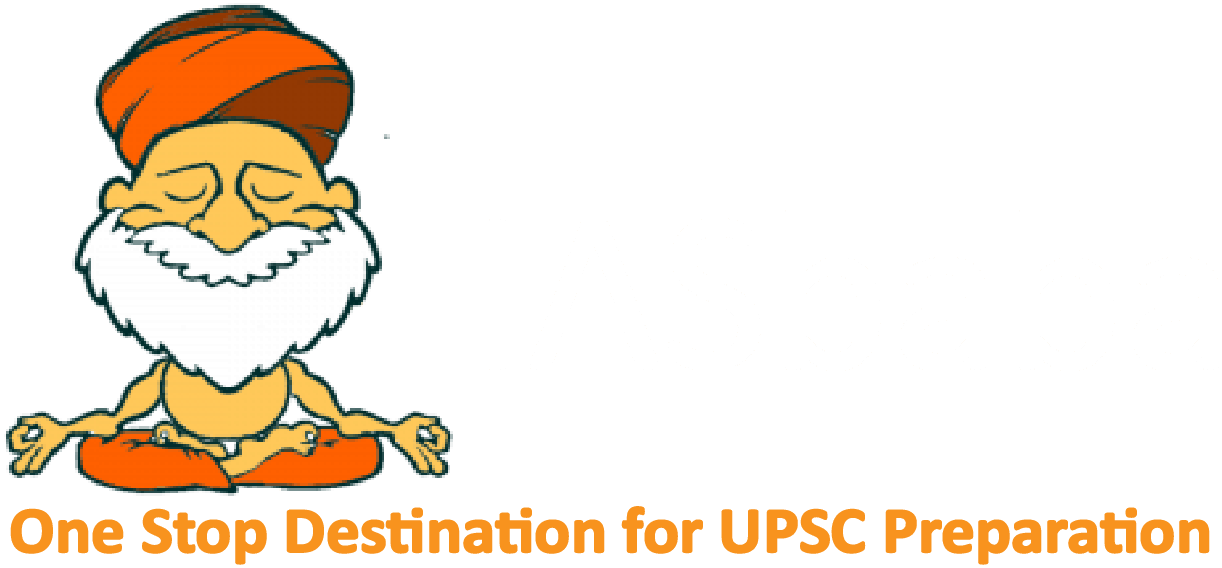- Home
- UPSC Mains
- Daily Free Initiatives
- Courses
- KPSC / KAS
- हिंदी
- Centres
- Contact Us



For Previous Daily Quiz (ARCHIVES) – CLICK HERE
The Current Affairs questions are based on sources like ‘The Hindu’, ‘Indian Express’ and ‘PIB’, which are very important sources for UPSC Prelims Exam. The questions are focused on both the concepts and facts. The topics covered here are generally different from what is being covered under ‘Daily Current Affairs/Daily News Analysis (DNA) and Daily Static Quiz’ to avoid duplication. The questions would be published from Monday to Saturday before 2 PM. One should not spend more than 10 minutes on this initiative.
Gear up and Make the Best Use of this initiative.
Do remember that, “the difference between Ordinary and EXTRA-Ordinary is PRACTICE!!”
0 of 5 questions completed
Questions:
To view Solutions, follow these instructions:
You have already completed the test before. Hence you can not start it again.
Test is loading...
You must sign in or sign up to start the test.
You have to finish following test, to start this test:
0 of 5 questions answered correctly
Your time:
Time has elapsed
You have scored 0 points out of 0 points, (0)
| Average score |
|
| Your score |
|
| Pos. | Name | Entered on | Points | Result |
|---|---|---|---|---|
| Table is loading | ||||
| No data available | ||||
Which of the following is/are components for livelihood promotion among PVTGs?
Explanation:
Off-grid solar power systems for 1 lakh PVTG households is indeed part of PM Janman, addressing the energy needs of remote habitations where grid connectivity is not feasible. This also includes provision of solar street lights to improve safety and quality of life in PVTG areas. Hence Statement 3 is Correct.
Explanation:
Off-grid solar power systems for 1 lakh PVTG households is indeed part of PM Janman, addressing the energy needs of remote habitations where grid connectivity is not feasible. This also includes provision of solar street lights to improve safety and quality of life in PVTG areas. Hence Statement 3 is Correct.
Explanation:
INS Aridhaman is India’s third nuclear-powered ballistic missile submarine (SSBN) built under the Advanced Technology Vessel (ATV) project at Visakhapatnam. It is an upgraded variant of the Arihant-class with a displacement of approximately 7,000 tonnes and powered by an 83 MW Compact Light Water Reactor. The submarine features eight vertical launch tubes capable of carrying up to 24 K-15 missiles or eight K-4 missiles with a 3,500 km range, significantly enhancing India’s sea-based nuclear deterrent capability and completing the nuclear triad.
Explanation:
INS Aridhaman is India’s third nuclear-powered ballistic missile submarine (SSBN) built under the Advanced Technology Vessel (ATV) project at Visakhapatnam. It is an upgraded variant of the Arihant-class with a displacement of approximately 7,000 tonnes and powered by an 83 MW Compact Light Water Reactor. The submarine features eight vertical launch tubes capable of carrying up to 24 K-15 missiles or eight K-4 missiles with a 3,500 km range, significantly enhancing India’s sea-based nuclear deterrent capability and completing the nuclear triad.
Which of the statements given above is/are correct?
Explanation:
NCPOR maintains three operational research stations: Bharati (established 2012) and Maitri (operational since 1989) in Antarctica, and Himadri (established 2008) located at Ny-Ålesund, Svalbard, Norway in the Arctic region. Additionally, NCPOR also operates Himansh research station in the Himalayas. Hence Statement 2 is Correct.
Explanation:
NCPOR maintains three operational research stations: Bharati (established 2012) and Maitri (operational since 1989) in Antarctica, and Himadri (established 2008) located at Ny-Ålesund, Svalbard, Norway in the Arctic region. Additionally, NCPOR also operates Himansh research station in the Himalayas. Hence Statement 2 is Correct.
Which of the statements given above is/are correct?
Explanation:
Explanation:
How many of the statements given above are correct?
Explanation:
The name “Assam” evolved from “Ha-Cham,” the term used by indigenous Tibeto-Burman speaking tribes like Barahi and Moran to describe Sukapha’s Tai people. Hence Statement 3 is Correct.
Explanation:
The name “Assam” evolved from “Ha-Cham,” the term used by indigenous Tibeto-Burman speaking tribes like Barahi and Moran to describe Sukapha’s Tai people. Hence Statement 3 is Correct.
